Saint of the Day – 28 May 2020 – Blessed Lanfranc of Canterbury OSB (c 1005-1089) Archbishop of Canterbury, Benedictine Abbot, celebrated Jurist, Scholar, Professor, spiritual writer, Reformer, negotiator – born in c 1005 in Pavia, Italy and died on 24 May 1089 in Canterbury, England of natural causes. He is also variously known as Lanfranc of Pavia, Lanfranc of Bec and Lanfranc of Canterbury. He renounced his career as a very well-known and celebrated jurist, to become a Benedictine monk at Bec in Normandy. He served successively as prior of Bec Abbey and abbot of St Stephen in Normandy and then as Archbishop of Canterbury in England, following its Conquest by William the Conqueror.
Lanfranc was born in the early years of the 11th century at Pavia, where later tradition held that his father, Hanbald, held a rank broadly equivalent to magistrate. He was orphaned at an early age.
He was trained in the liberal arts, at that time a field in which northern Italy was famous. For unknown reasons at an uncertain date, he crossed the Alps, soon taking up the role of teacher in France and eventually in Normandy. About 1039 he became the Master of the Cathedral school at Avranches, where he taught for three years with conspicuous success. But in 1042 he embraced the Monastic life in the newly founded Bec Abbey. Until 1045 he lived at Bec in absolute seclusion.
Lanfranc was then persuaded by Abbot Herluin to open a school at Bec to relieve the Monastery’s poverty. From the first he was celebrated. His pupils were drawn, not only from France and Normandy but also from Gascony, Flanders, Germany and Italy. Many of them afterwards attained high positions in the Church, one student, Anselm of Badagio, became Pope under the title of Alexander II, another, St Anselm of Canterbury (Doctor of the Church) succeeded Lanfranc as the Archbishop of Canterbury.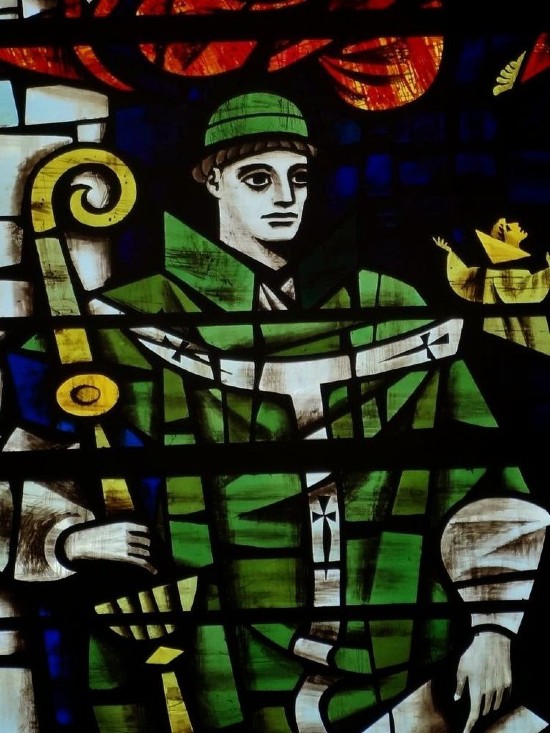
As a result of his growing reputation, Lanfranc was invited to defend the Doctrine of Transubstantiation against the attacks of Berengar of Tours. He took up the task with the greatest zeal, although Berengar had been his personal friend. He was the protagonist of orthodoxy at the Church Councils of Vercelli (1050), Tours (1054) and Rome (1059). Our knowledge of Lanfranc’s polemics is chiefly derived from the tract De corpore et sanguine Domini, probably written c 1060-63. His work was regarded as conclusive and became for a while a text-book in the schools. It is often said to be the place where the Aristotelian distinction between substance and accident was first applied, to explain Eucharistic change. It is the most important of his surviving works.
When the see of Rouen next fell vacant (1067), the thoughts of the electors turned to Lanfranc. But he declined the honour and he was nominated to the English Primacy as Archbishop of Canterbury. He was speedily Consecrated on 29 August 1070. The new Archbishop at once began a policy of reorganisation and reform.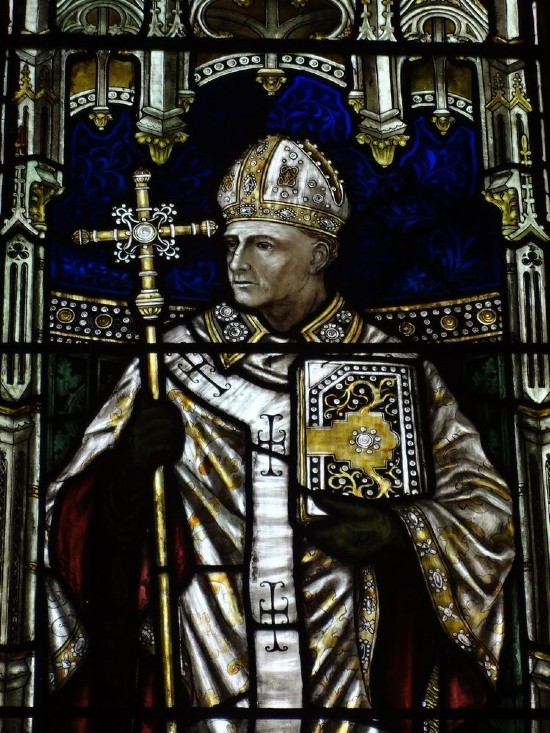
By long tradition the primate was entitled to a leading position in the king’s councils and the interests of the Church demanded, that Lanfranc should use his power in a manner not displeasing to the king. On several occasions when William I was absent from England Lanfranc acted as his vicegerent.
On the death of the Conqueror in 1087, Lanfranc secured the succession for William Rufus, in spite of the discontent of the Anglo-Norman baronage and, in 1088, his exhortations induced the English militia to fight on the side of the new sovereign against Odo of Bayeux and the other partisans of Duke Robert. He exacted promises of just government from Rufus and was not afraid to remonstrate, when the promises were disregarded. So long as he lived he was a check upon the worst propensities of the king’s administration. But his restraining hand was too soon removed. In 1089 he was stricken with fever and he died on 24 May amidst universal lamentations.
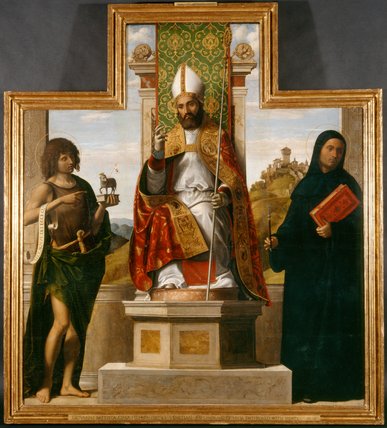
The efforts of Christ Church Canterbury to secure him the status of saint seem to have had only spasmodic and limited effect beyond English Benedictine circles. However, in the period after the Council of Trent, Lanfranc’s name was included in the Roman Martyrology and in the current edition, maintains the rank of beatus, the feast day being celebrated on 28 May. His tomb rests in Canterbury Cathedral.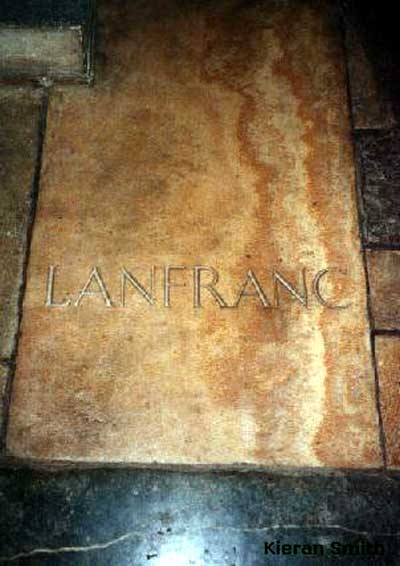
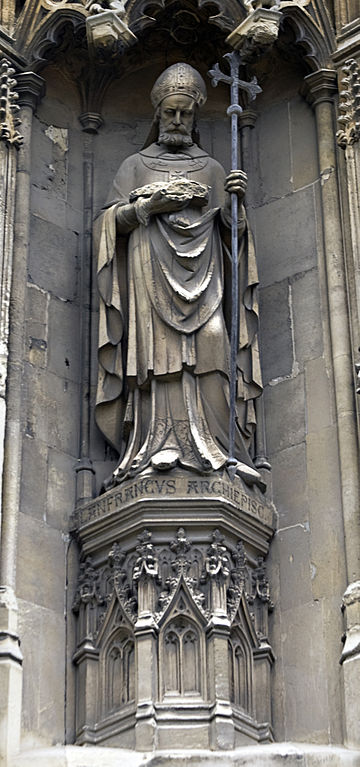

I have seen him mentioned in novels in that era. So, your post gives me pleasure to know about him. Thanks so much
LikeLiked by 1 person
Cool. Me too.
LikeLike
Sprint filled hugs to you.
LikeLiked by 1 person
And mine to you.
LikeLike